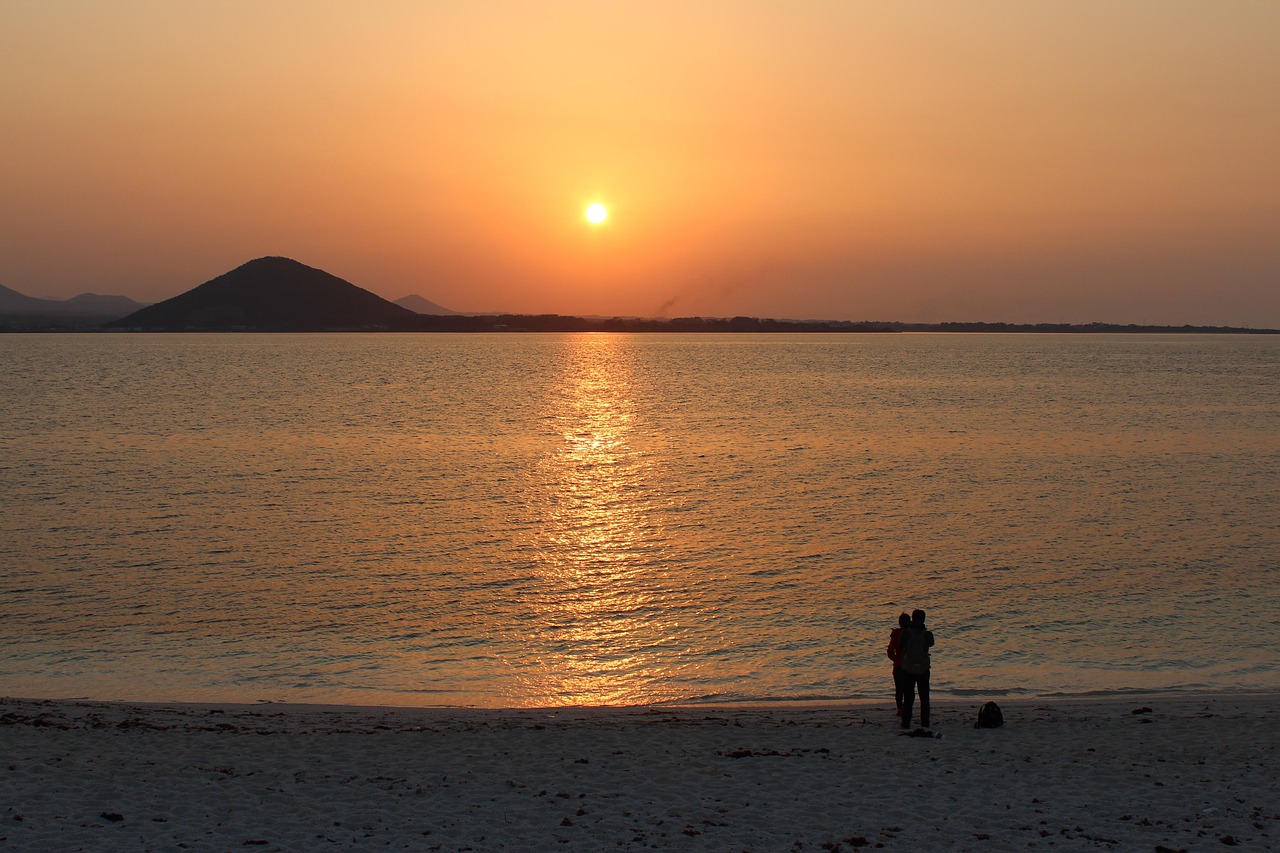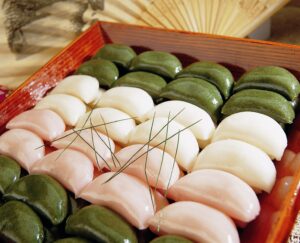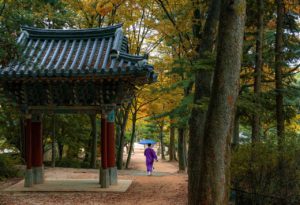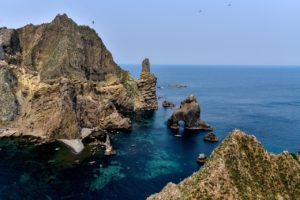Jeju Fire Festival: Korea’s Fiery Celebration of Renewal and Tradition
If you’re looking for a festival that blends ancient tradition with modern festivities, look no further than the Jeju Fire Festival, 제주 들불축제, Jeju Deulbul Chukje. Held annually on the volcanic island of Jeju, this vibrant festival lights up the night sky with towering flames. The flames symbolize renewal, prosperity, and the island’s deep-rooted agricultural heritage.
The Origins and History of the Jeju Fire Festival
The Jeju Fire Festival is inspired by the traditional practice of 방애 bangae. Bangae refers to an agricultural practice where Jeju’s farmers burned dry grass on grazing lands at the end of winter to clear the fields and promote fresh growth for their livestock. This ritual dates back centuries, and it ensured not only fertile land but also a prosperous year ahead.
As modernization diminished the need for large-scale grass burning, Jeju sought to preserve this cultural tradition by transforming it into a festival in 1997. Since then, the Jeju Fire Festival has become one of South Korea’s most anticipated spring celebrations, drawing thousands of visitors from around the world.
Modern Celebration of the Jeju Fire Festival: Fire, Music, and Festivities
Today, the Jeju Fire Festival takes place over several days in early March. It happens at 새별오름 Saebyeol Oreum, a picturesque volcanic cone. The island of Jeju is dotted with about 360 오름 oreum, which are small extinct volcanic cones ranging anywhere from a few tens of meters in height to a few hundred meters in height. Jeju is practically synonymous with its shield volcano 한라산 Hallasan, South Korea’s highest peak, and the many오름 oreum that complete its volcanic landscape. So it is fitting that the highlight of the Jeju Fire Festival is the 오름불놓기 oleumbulnohgi (oreum burning). Organizers used to carefully set vast sections of dry grass on the hill ablaze, creating a breathtaking spectacle of fire cascading down the slopes.
As you can imagine, this practice raised alarms over wildfire risk, not to mention environmental concerns over intentionally created such large amounts of smoke. The festival was suspended in 2022, while there were extensive wildfires in Korea. It did not take place for three years. In an effort to retain the tradition and tourism associated with the festival, virtual fire displays have been used more recently. However, the debate continues. Many argue that the risks and environmental damage are too great. Others point out that the festival preserves cultural heritage, and that prescribed, controlled fires are an important land management tool that leads to fewer destructive wildfires.
Exciting Events and Activities of the Jeju Fire Festival
The Jeju Fire Festival isn’t just about fire, real or virtual. There are plenty of fun activities for visitors to enjoy.
First the festival kicks off with the 개막식 및 불 퍼레이드 gaemagshig mit bul peoleideu (Opening Ceremony and Fire Parade). There are torchbearers, 풍물 pungmul (Korean folk music), and various performances such as fire juggling and dances.
The symbolic beginning of the ceremony occurs during the 횃불 점화식 hwaetbul jeomhwashig (Torch Lighting Ceremony). This ceremony invites participants to light their own torches and contribute to the bonfire.
Another favorite part of the festival is the 소원 풍등 날리기 sowon pungdeung nalligi (Wish Lantern Release). Visitors write their wishes on paper lanterns and release them into the sky, hoping for a prosperous year ahead.
Traditional Foods to Enjoy at the Jeju Fire Festival
No Korean festival is complete without delicious음식 eumshik (food). At the Jeju Fire Festival, you’ll find such dishes as:
- 흑돼지 heuk-dwaeji (Jeju black pork): A local delicacy, grilled over an open flame for a smoky, rich taste.
- 오메기떡 omegitteok: A chewy rice cake made with red bean and millet, offering a sweet contrast to the fiery atmosphere.
- 전복죽 jeonbokjuk (abalone porridge): A nutritious Jeju specialty, perfect for warming up during the cool March evenings.
Cultural Significance of the Jeju Fire Festival in Modern Korea
The Jeju Fire Festival is more than just a visual spectacle. It embodies themes of 새로운 시작 saeroun shijak (renewal) and 공동체 gongdongche (community). The act of burning the fields represents the shedding of old burdens, making way for fresh beginnings—a message that resonates deeply with both locals and visitors.
The Jeju Fire Festival also serves as a proud showcase of Jeju’s unique cultural identity. As South Korea continues to modernize, traditional practices like bangae risk fading into history. By celebrating this ancient ritual in a grand, public festival, Jeju ensures that its heritage remains alive for future generations.
Most recently, there is an opportunity to link not only the past with the present, but also the spectacle of burning slopes with valid environmental concerns. It is unclear which shape the Jeju Fire Festival will take in the future. But it is clear that the festival will require cooperation and novel solutions that link heritage, tourism, local color, environmental concerns, and global climate initiatives.
Get on the road to speaking Korean with the Language Garage!
We hope you’ve enjoyed learning about the Jeju Fire Festival. If you’d like to learn more:
- Follow us on Facebook, LinkedIn, BlueSky, Twitter, Threads, Instagram, or Pinterest. We publish lots of Korean vocabulary, grammar, and culture notes, so it’s a great way to pick up some new vocabulary and practice.
- Check out our other posts on Korean language, culture, and more.
- Enroll in affordable, flexible, and personalized private online Korean lessons or sign up for a small group online Korean class.
- Create a free Language Garage account to access tons of Korean vocabulary, grammar, and culture.






